I recently treated my Marantz 125 AM/FM Stereo Tuner to a careful alignment and upgrade.
After modification and alignment, I compared my Marantz 125 to a Sansui TU-717 and several modern digital tuners, including the gorgeous Kenwood L-1000T. The stunning Marantz beat everything, leading me to the conclusion that it is one of the best tuners I’ve ever heard.
Tone
The 125 tuner has tone. Tone is a hard thing to describe, but you always know it when you hear it. The 125 sounds extremely natural, relaxed, has wonderful warmth, texture and bags of air. It’s a special-sounding tuner, from a period of manufacture that featured engineering and workmanship. Sadly, these days are mostly behind us.
Older Marantz tuners are legendary for their warm, smooth sounds and their ability to separate stations packed closely together, This selectivity is something much-needed in North America during the peak in FM radio the 70s.
Design
Marantz spared little expense when they designed this tuner, and it shows when you lift the lid. Each circuit block is packed into its shielded metal sub-block, and all adjustments are clearly marked.
The tuner features a five-gang FM front end, discrete class-A output stage, special IF filtering and great attention to detail everywhere you look. You don’t even get a discrete class-A output stage in some expensive preamplifiers, but you get one with this beautiful Marantz tuner!
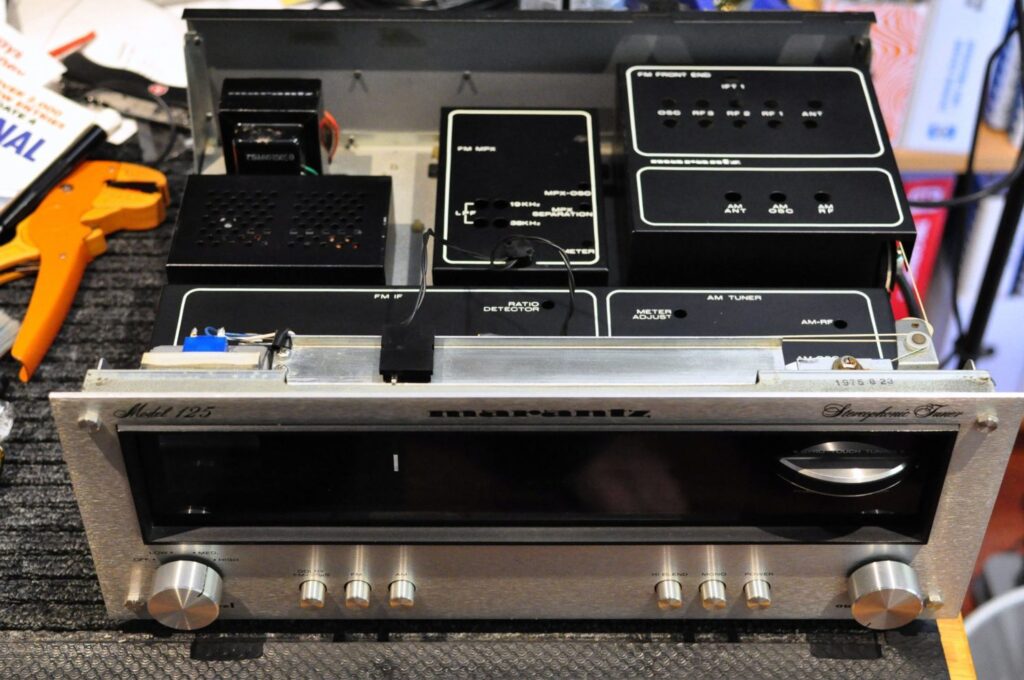
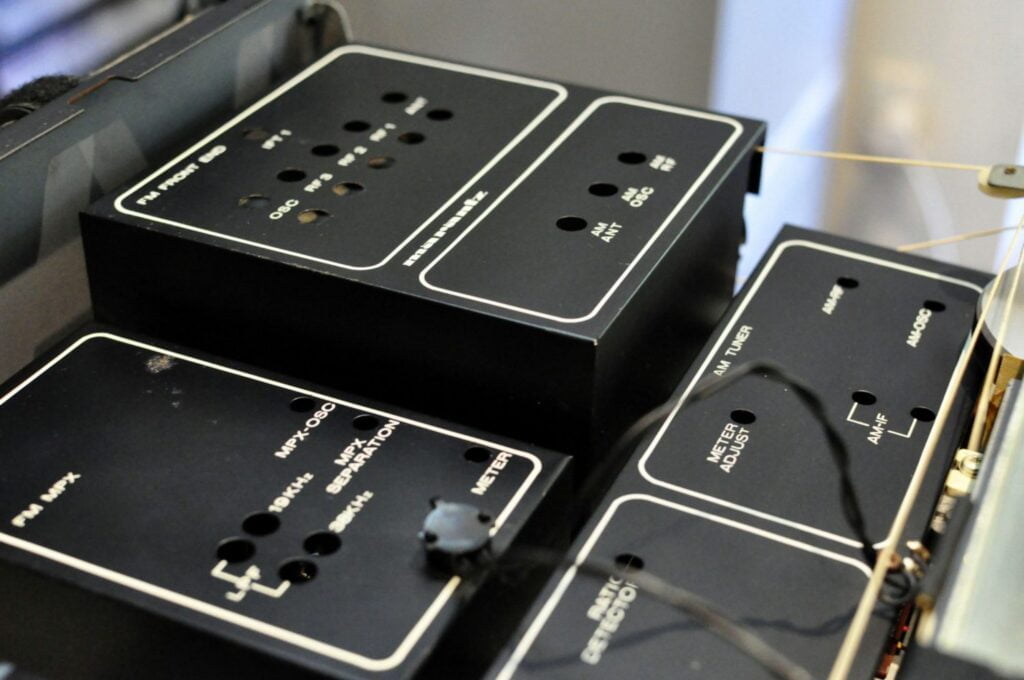
Improvement
The work on my Marantz 125 centred around two areas: precision alignment and replacement of critical parts in the circuit. Looking at the parts first, I paid extra attention to the power supply and signal path.
In the power supply, I removed all the original electrolytic capacitors and replaced them with premium, low-ESR, high-spec parts. In the signal path, specifically in the output buffer, I replaced all the electrolytic coupling capacitors with much better-sounding film capacitors.

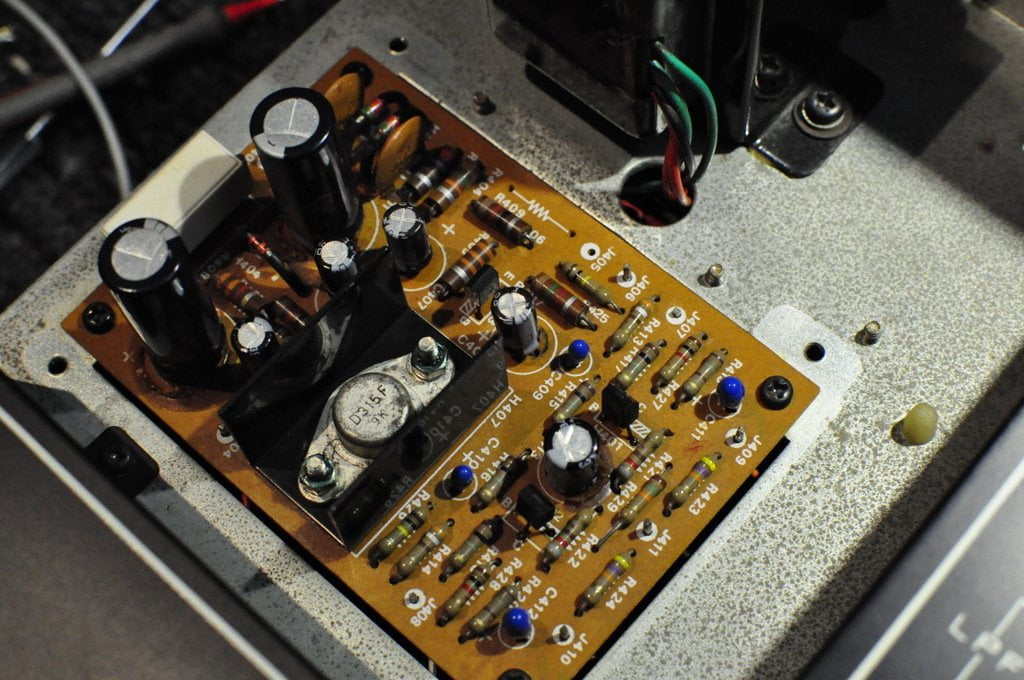
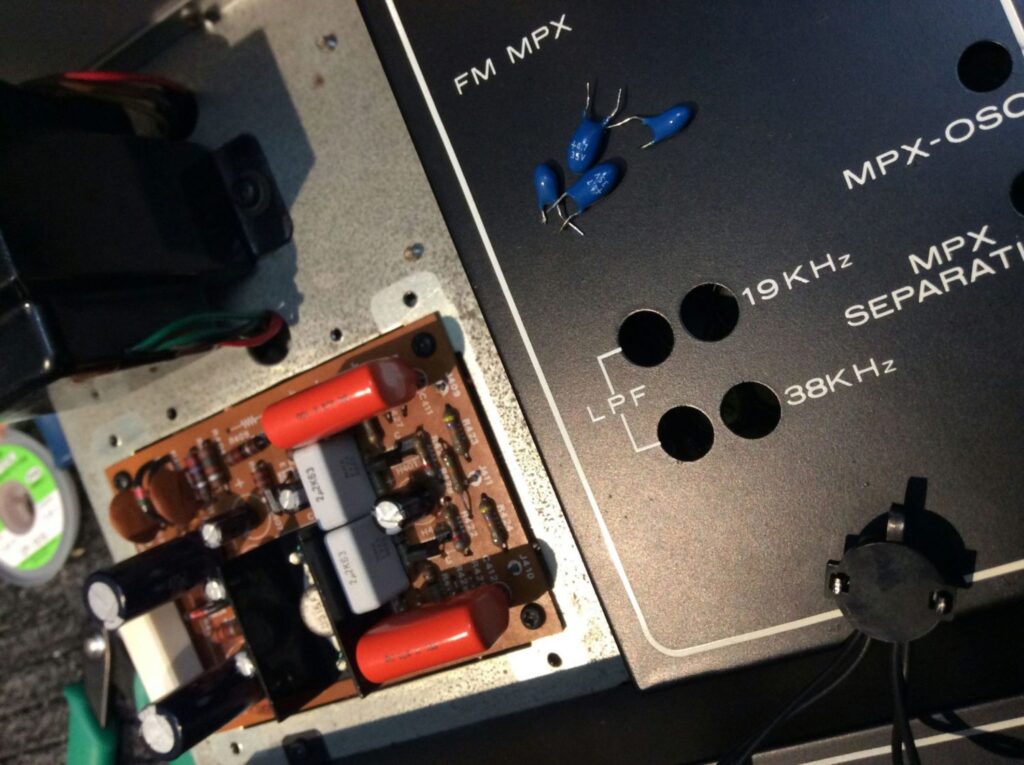
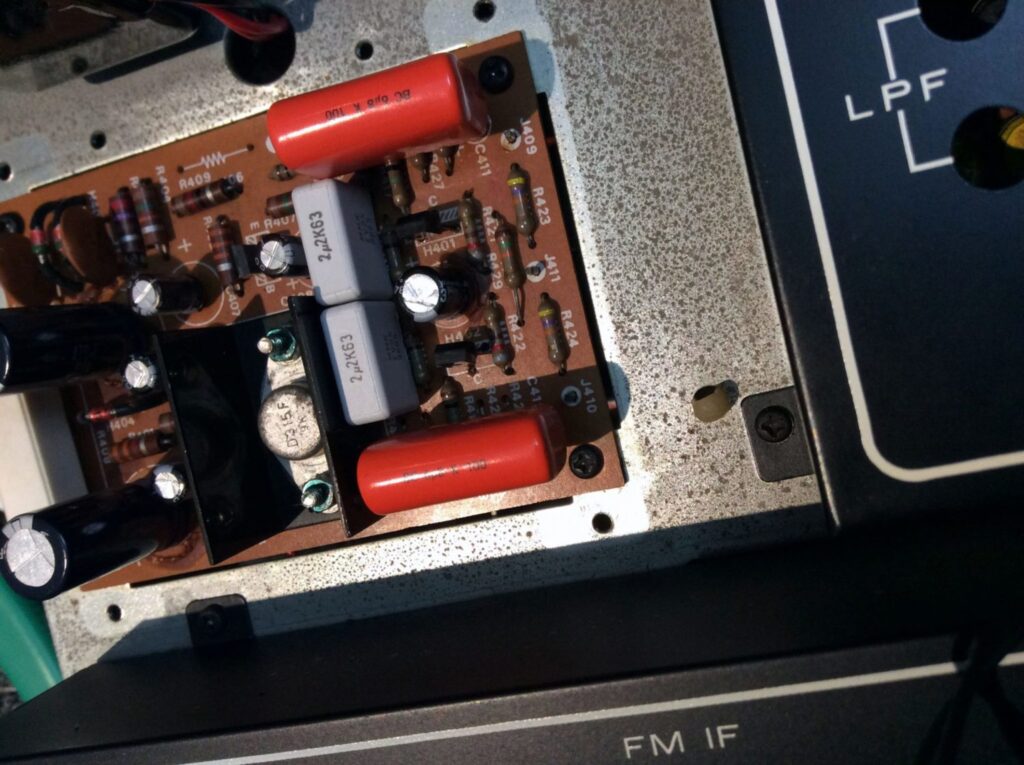
Alignment
The second and critical part of the process is the precision alignment of the FM front-end IF stages and the stereo demodulator. This alignment process is what often brings the biggest performance gains to FM tuners because they are complex electro-mechanical systems, and they drift over time.
Often, they are not even that carefully aligned from the factory, and sometimes huge gains can be realised by a careful alignment, utilising my precision laboratory equipment, specifically designed to aid in this sort of work.
More pictures are below and if you would like to know more, let me know via the contact page.
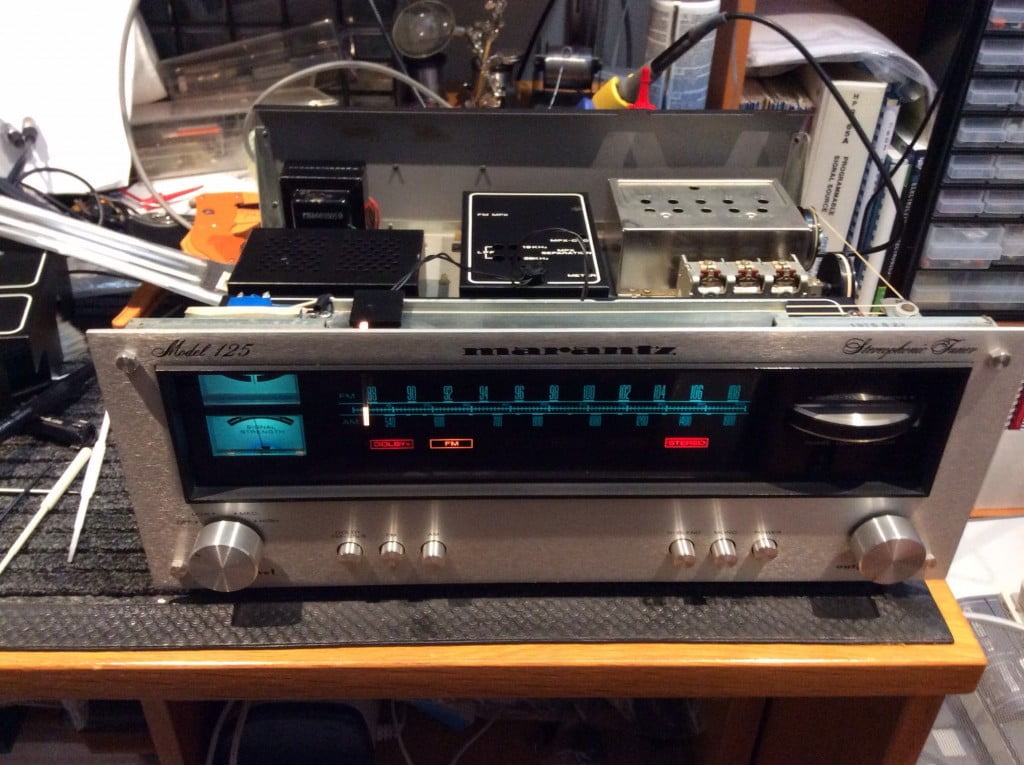
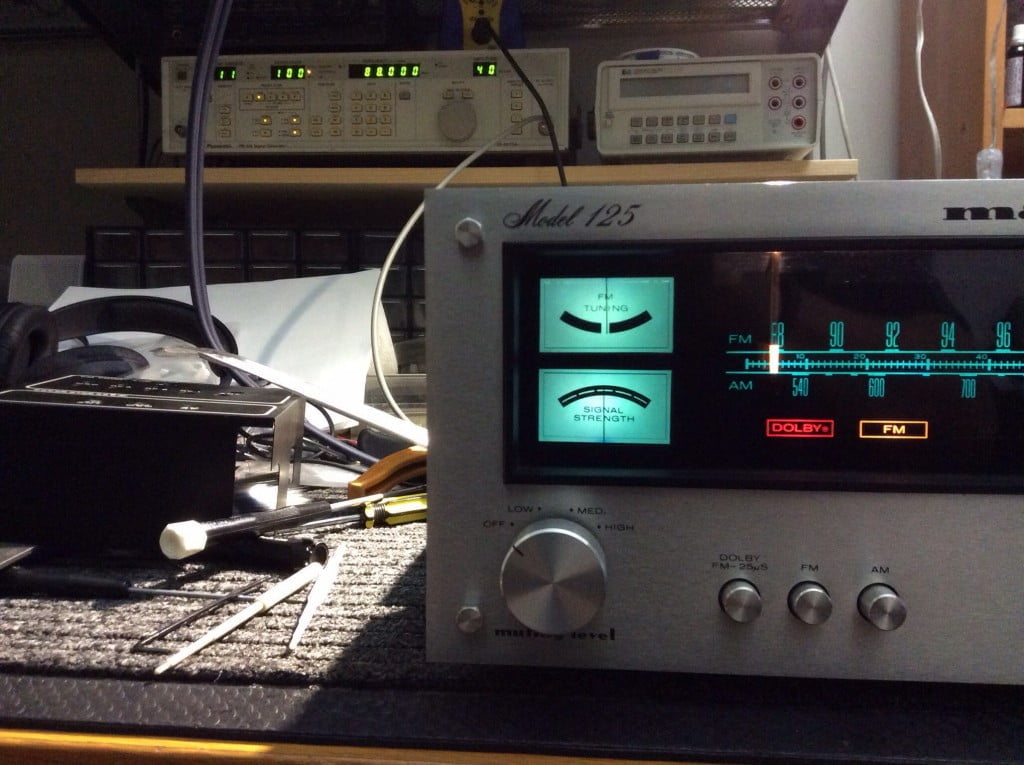

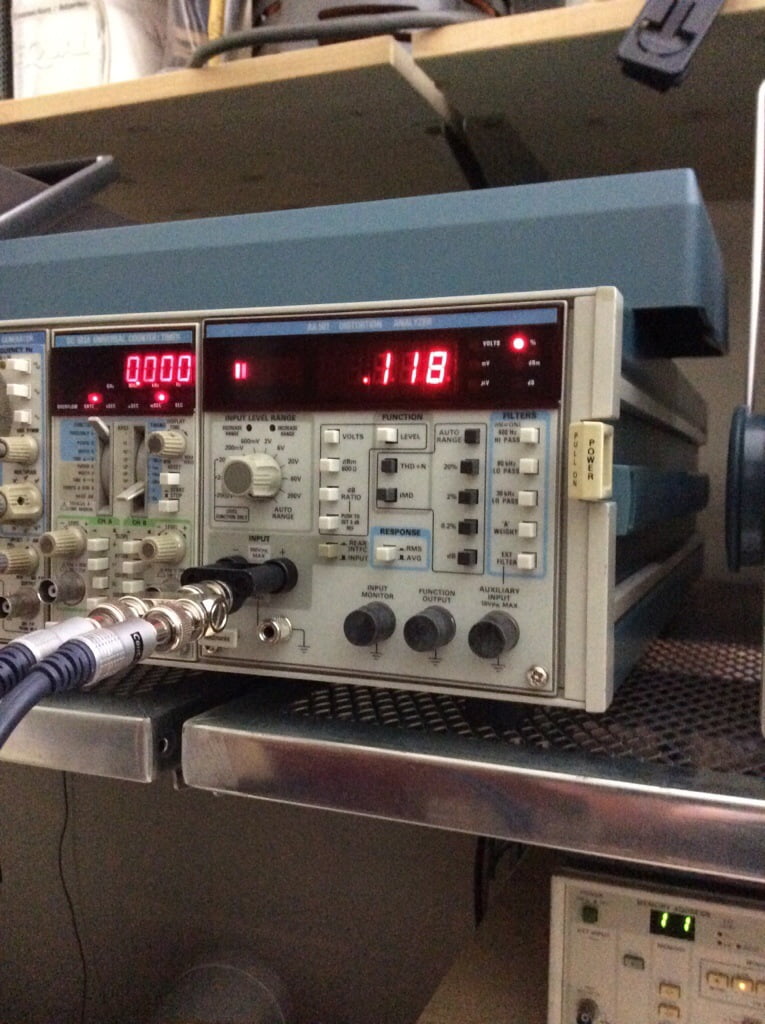

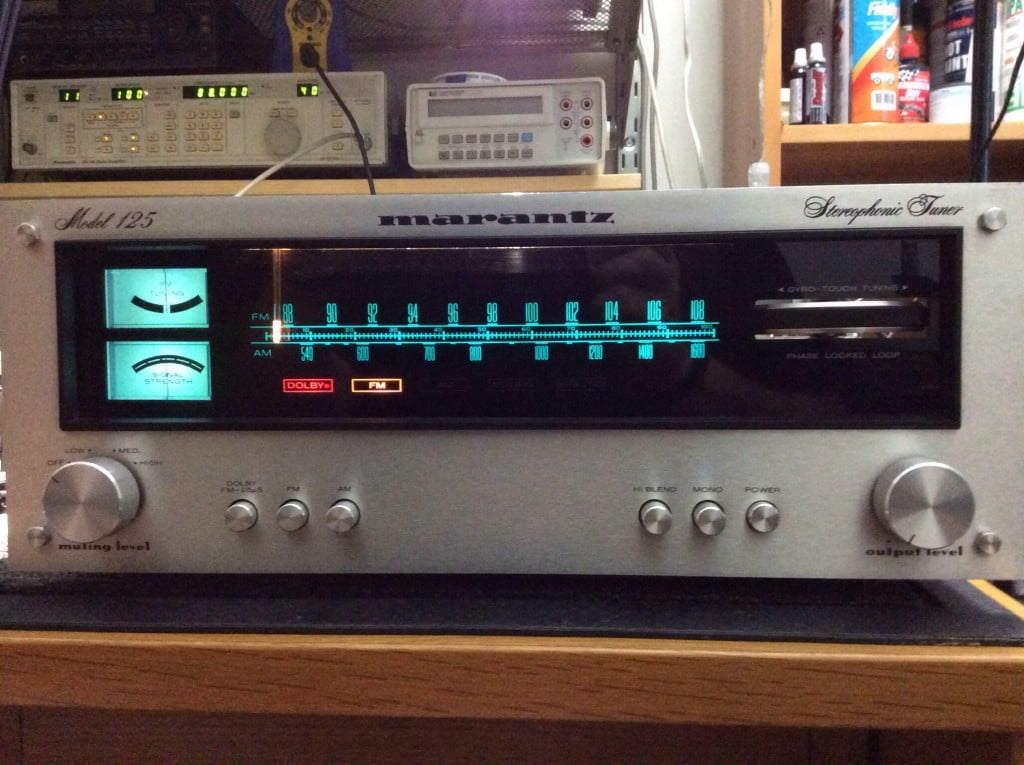

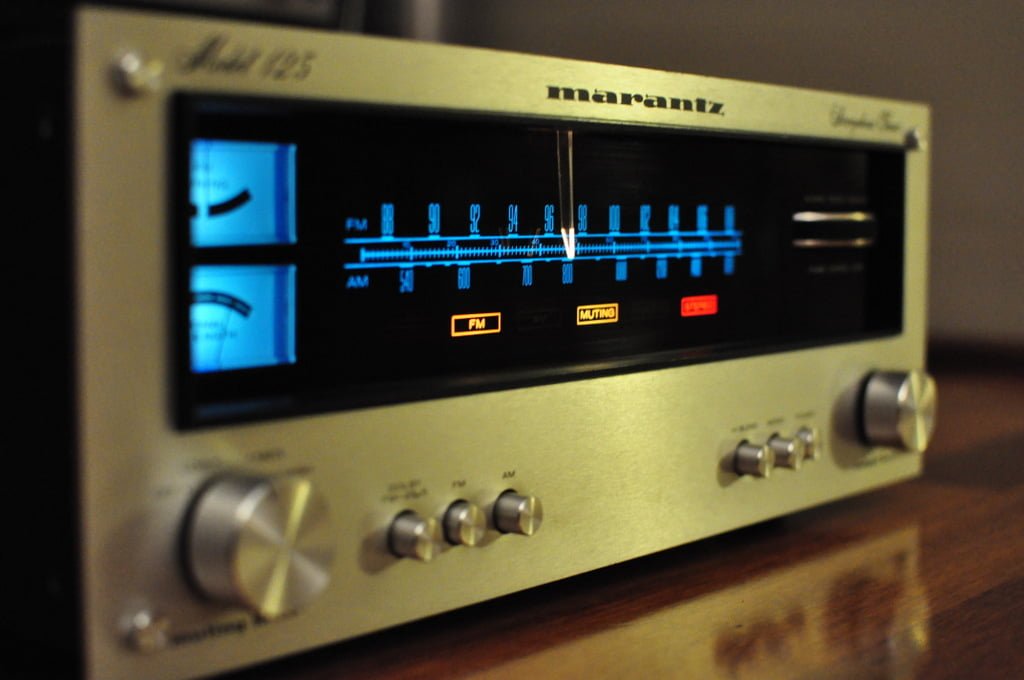
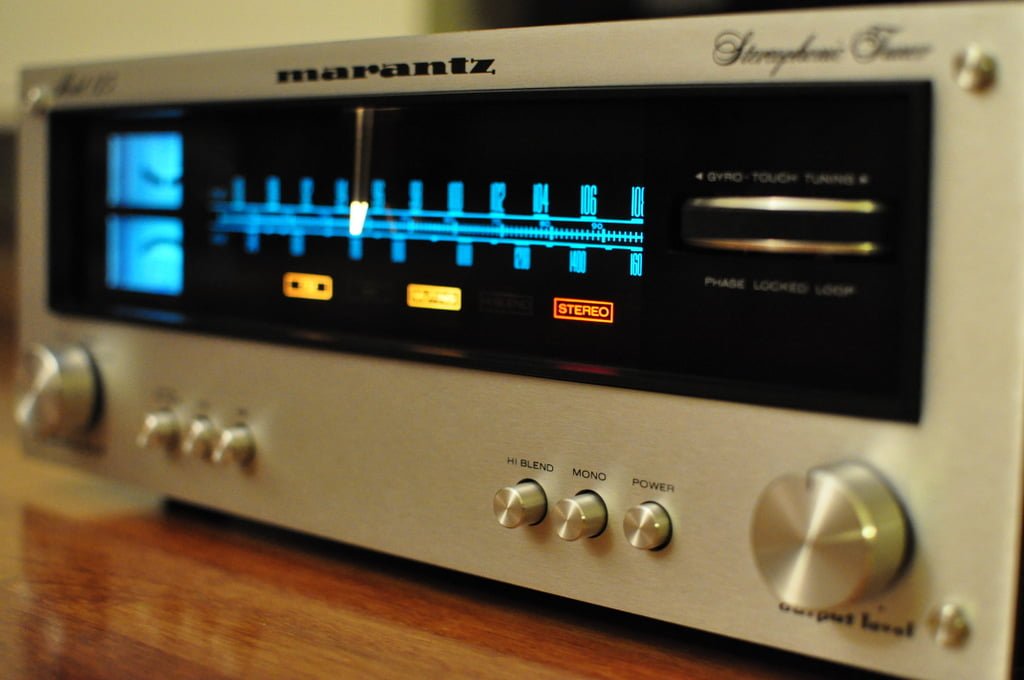
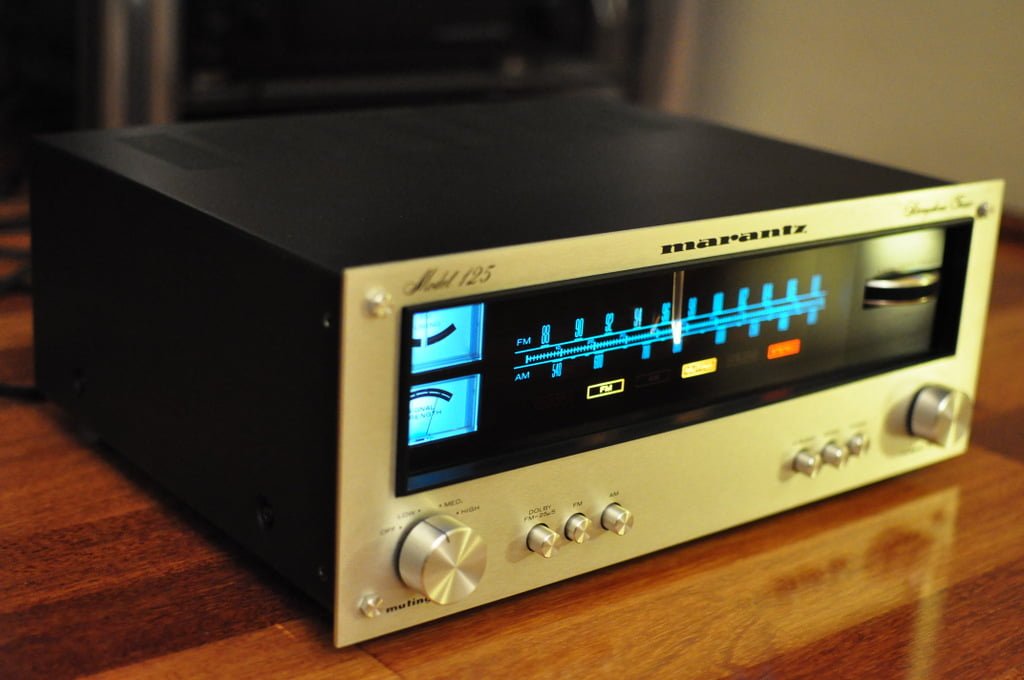
Discover more from LiQUiD AUDiO
Subscribe to get the latest posts sent to your email.



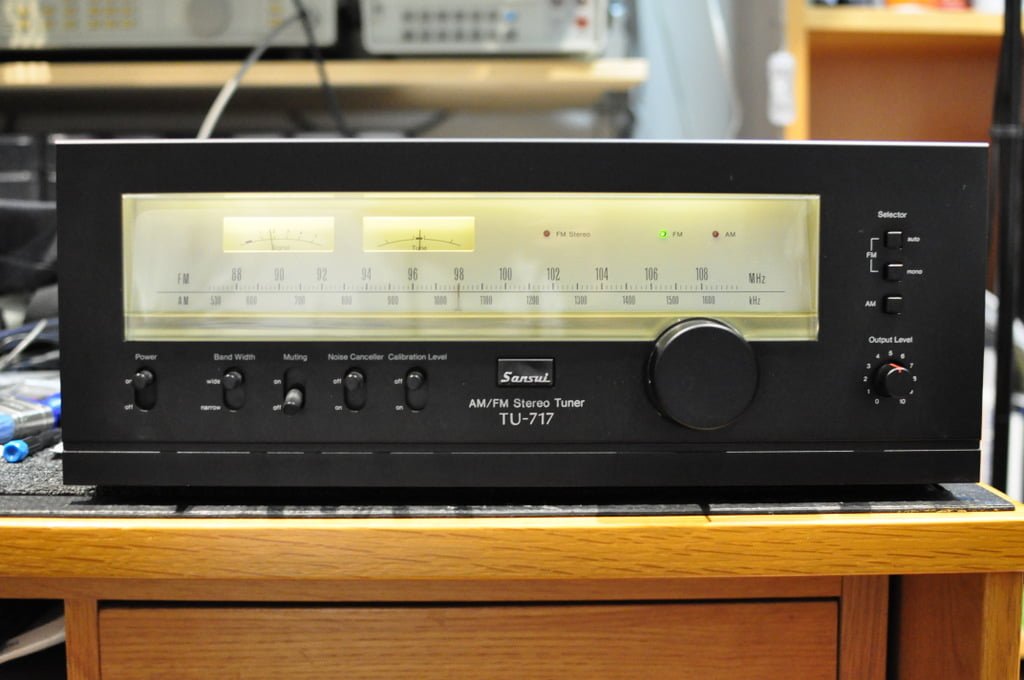
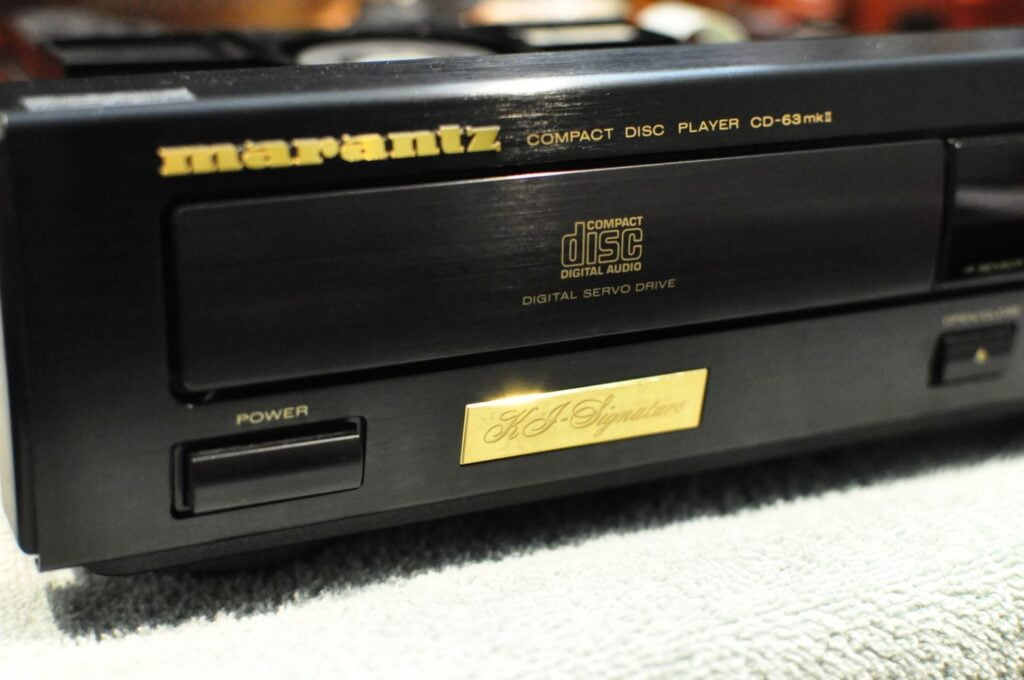

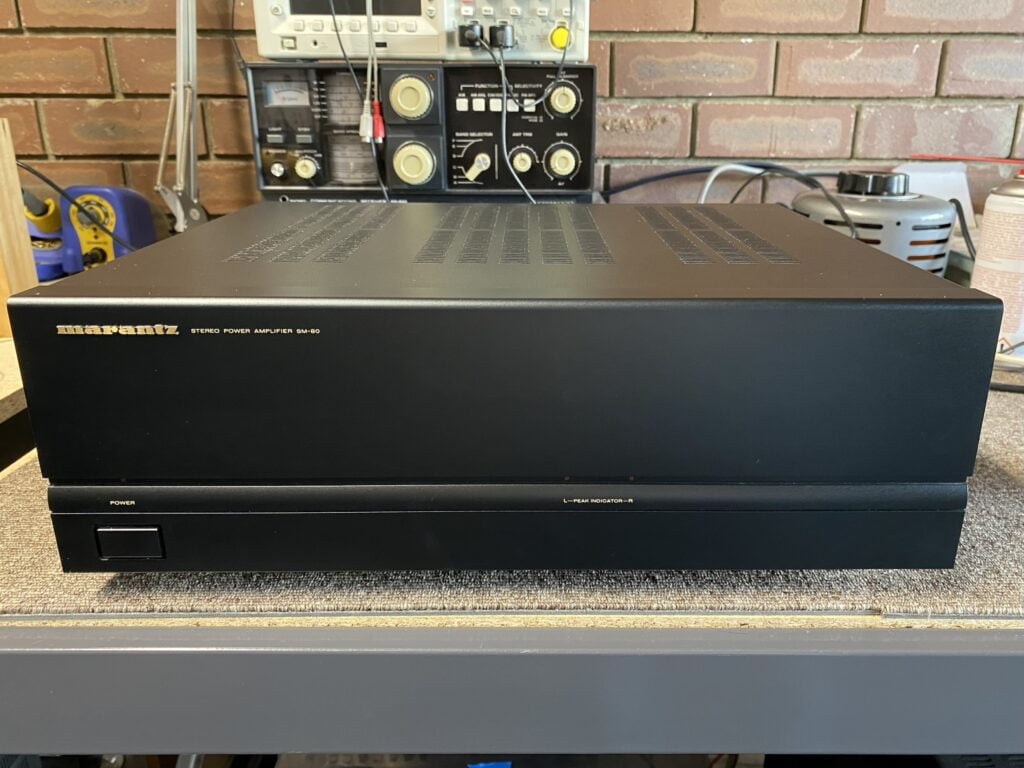
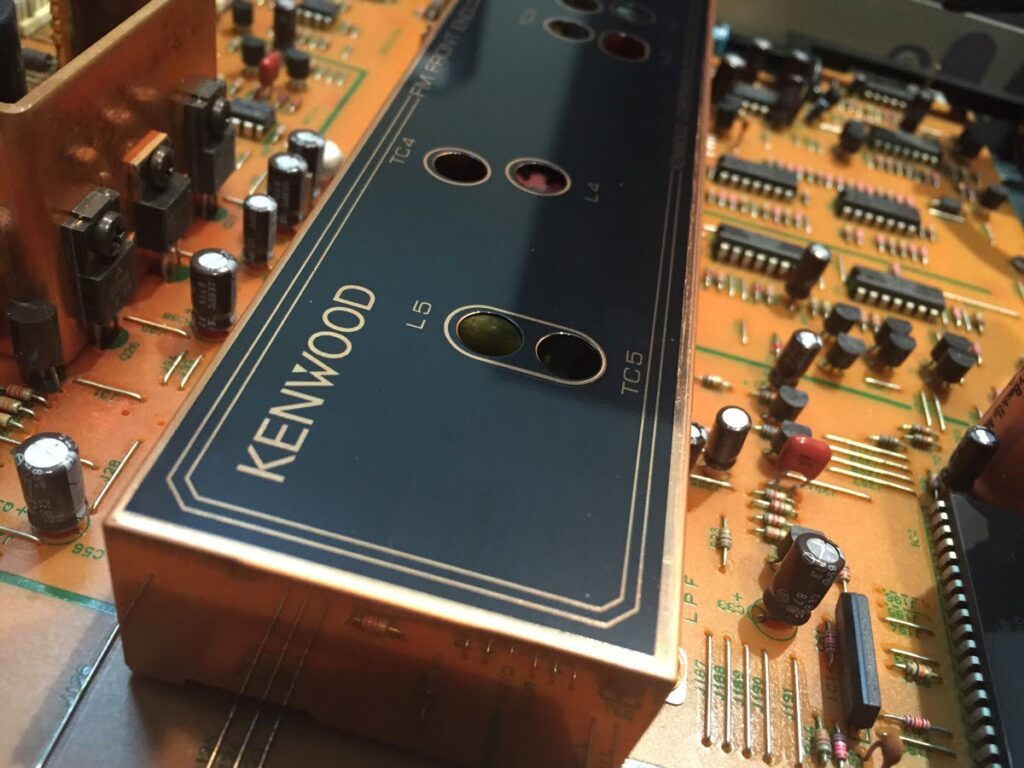
Hi there, thanks for an excellent blog. I have been lucky enough to purchase a Kenwood KD – 600. I have a very good technician cleaning up the machine and again thanks to instructive pages on your blog. I would like to install the same Jelco 750 arm on the deck. Would you be able to supply one and ship to South Africa? If so, please let me know the cost. Thanks & regards, Randall Abrahams
Hi Randall, thanks for your positive feedback, much appreciated. The Jelco arm works very well on the Kenwood, but you will need to make up an arm mounting board to suit. In terms of supplying the tonearm, you would be best to have a look on eBay, set to an international search. You will be able to get one cheaper this way, by dealing directly with a supplier. Kind regards, Mike.